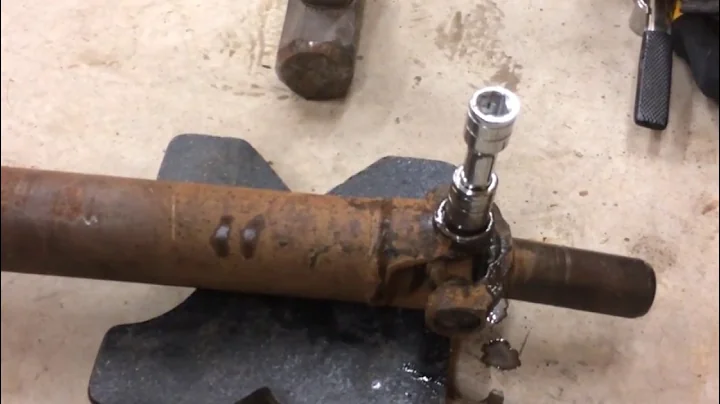Activate Your Dry Sourdough Starter in Simple Steps
Table of Contents:
- Introduction
- How to Start a Sourdough Starter Culture
- Gathering the Ingredients and Equipment
- Mixing the Starter Flakes
- Covering and Fermenting the Starter
- Feeding and Monitoring the Starter
- Transferring and Building the Starter
- Maintaining a Healthy Starter
- Troubleshooting Tips
- Conclusion
- Resources
How to Start a Sourdough Starter Culture
Are you ready to embark on the journey of making your own sourdough bread? One of the key steps in sourdough bread-making is creating a vibrant and active sourdough starter culture. While it may seem daunting at first, the process is actually quite simple and requires minimal effort. In this guide, we will walk you through each step of starting a sourdough starter culture, from gathering the ingredients to maintaining a healthy starter. So let's get started!
1. Gathering the Ingredients and Equipment
Before you begin, make sure you have all the necessary ingredients and equipment. You will need:
- 1.5 teaspoons of dried starter flakes
- 1 tablespoon of warm purified or spring water
- 1 tablespoon of all-purpose or bread flour
- A pinch bowl or a small container
- Plastic wrap or a plastic bag
2. Mixing the Starter Flakes
To start, take the dried starter flakes and mix them with the warm purified or spring water in a pinch bowl. This will help soften the flakes. Then, add in the all-purpose or bread flour and mix well. The use of refined white flour is recommended for better visualization of the starter's progress. Cover the bowl with plastic wrap or place it inside a plastic bag to prevent it from drying out.
3. Covering and Fermenting the Starter
Leave the bowl of starter at room temperature for 24 hours. During this time, fermentation will begin, and you may start to see some bubbling and increased volume in the starter. If your room temperature is cooler, the activation process may take longer. Be sure to note the date and time you started this step for easy tracking.
4. Feeding and Monitoring the Starter
After 24 hours, it's time to feed the starter. Mix in one tablespoon of flour and two teaspoons of purified or spring water. Update your notes and cover the starter again. Repeat this feeding process every 24 hours, adjusting the consistency of the mixture if needed. The consistency should be similar to that of a wet shaggy dough, trapping the bubbles from fermentation.
5. Transferring and Building the Starter
On day four, you should start to see signs of fermentation, such as increased bubbling and rising activity. It's time to transfer the starter to a larger container to accommodate its growth. Consider using a translucent plastic container to mark the level and observe any rise after feeding. Gradually increase the feeding portions to 1/3 cup of flour and 1/4 cup of water until the starter becomes spongy and rises.
6. Maintaining a Healthy Starter
Congratulations, you now have a thriving sourdough starter! To maintain its health, continue feeding it with equal weights of flour and water, maintaining a 100% hydration level. Refer to our website's tutorial on sourdough starter management for further guidance on maintaining a healthy starter indefinitely.
By following these steps, you can successfully start and maintain a sourdough starter culture. Remember, the process may vary based on room temperature, so be patient and adjust as needed. Now you're ready to experience the joy of baking your own delicious sourdough bread. Happy baking!
Troubleshooting Tips
- If the starter appears too thin and runny, mix in more flour to achieve a stiffer consistency, allowing the bubbles to be trapped and facilitating rise.
- Keep track of the temperature in your room, as it can affect the activation and fermentation process.
- If you encounter any issues or have specific questions, consult our FAQ section or seek guidance from experienced sourdough bakers.
Conclusion
Starting a sourdough starter culture may take several days, but with this step-by-step guide, you can successfully create a vibrant and active sourdough starter. Remember to monitor and feed your starter regularly to maintain its health and enjoy the process of baking your own sourdough bread. With time and practice, you'll become a master baker. Happy baking!
Resources







